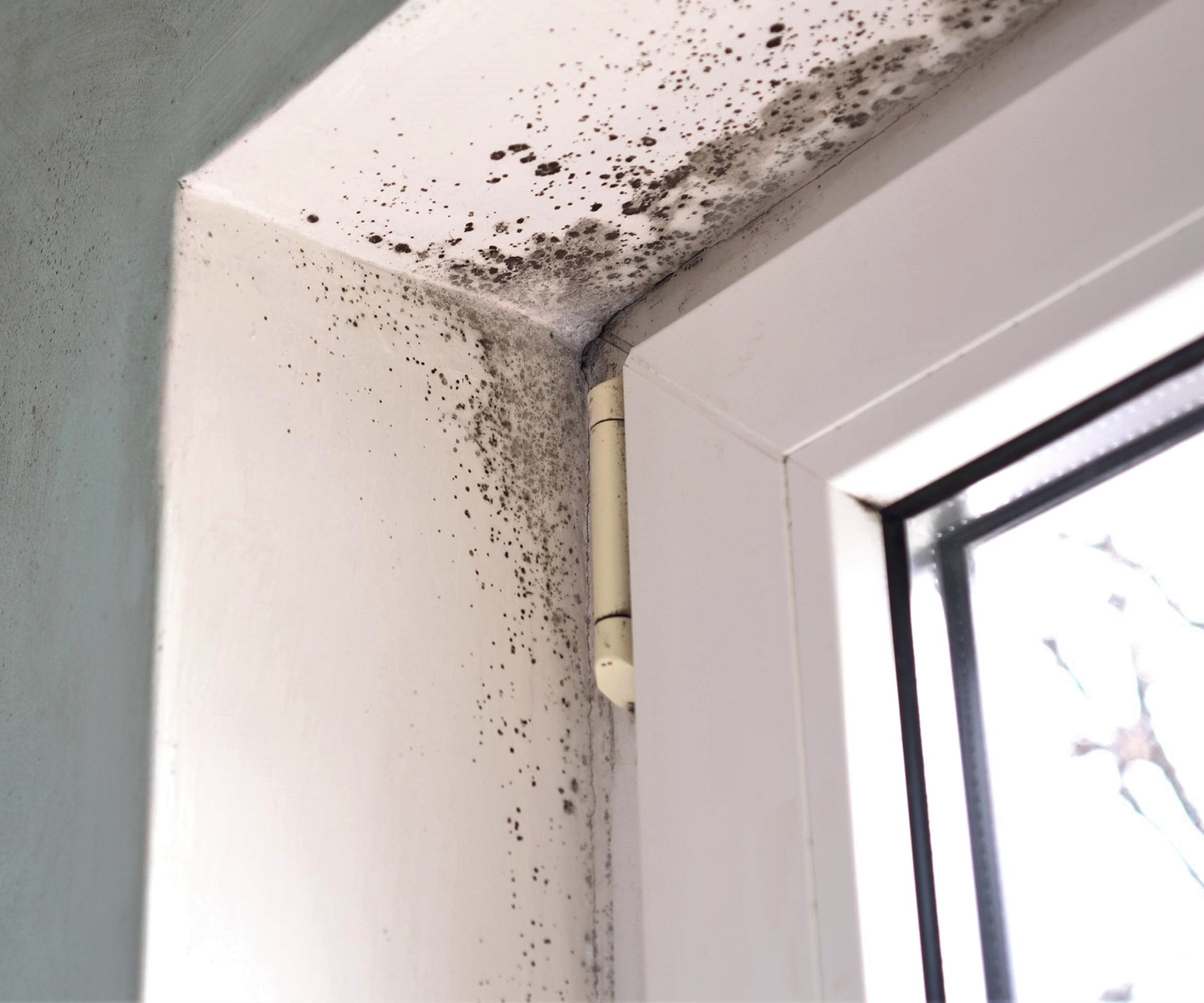Effective Post Mold Remediation Cleaning Protocols
Effective Post Mold Remediation Cleaning Protocols
Blog Article
Your Ultimate Overview to Message Mold Removal Methods
Navigating the world of post-mold removal methods is a meticulous procedure that requires attention to information and a thorough understanding of the ins and outs involved. In the aftermath of mold and mildew invasion, knowing just how to efficiently eradicate the mold and mildew and prevent its reoccurrence is paramount for keeping a healthy and balanced indoor setting. From selecting the appropriate cleaning and disinfecting approaches to executing approaches for long-lasting mold and mildew prevention, each action in the remediation trip plays a vital role in ensuring an effective outcome. As we start this exploration of post-mold removal methods, we will certainly uncover the vital strategies and finest practices that can assist you restore your area to its pre-mold condition and secure it against future mold and mildew risks.
Recognizing Post-Mold Removal Refine
After finishing the mold and mildew removal process, it is vital to comprehend the post-mold remediation techniques that are required to ensure a effective and thorough cleanup. As soon as the mold and mildew has been removed, the next step entails cleansing and sanitizing the affected locations to avoid any kind of regrowth of mold. This includes making use of specialized cleansing agents to wipe down surface areas and kill any continuing to be mold and mildew spores. It is vital to dry the location completely to discourage the development of mold in the future (Post Remediation Inspection near me). Correct air flow and dehumidification can aid in this procedure.
In addition, performing a last assessment post-remediation is crucial to guarantee that all mold has been efficiently gotten rid of. If the examination exposes any type of lingering mold, added removal may be necessary.
Reliable Cleansing and Sanitizing Methods

Preventing Future Mold And Mildew Development

Importance of Correct Ventilation
Proper air flow plays an important role in protecting against wetness accumulation, a key variable in mold development within indoor settings. Effective air flow systems help eliminate excess go to these guys humidity from the air, reducing the possibilities of mold and mildew spores locating the moisture they need to spread out and germinate. Without adequate air flow, interior spaces can come to be a breeding place for mold, leading to prospective wellness risks and architectural damages.
By ensuring proper air flow, air flow systems can also assist in drying damp areas a lot more quickly after water damage or flooding occurrences, better discouraging mold development. Post Remediation Inspection near me. Precede like washrooms, attic rooms, cooking areas, and cellars where moisture levels tend to be higher, installing and maintaining effective ventilation systems is critical in avoiding mold infestations

Surveillance and Maintenance Tips
Provided the find more information critical duty that appropriate ventilation plays in protecting against mold and mildew growth, it is essential to establish Recommended Reading effective surveillance and maintenance tips to make certain the continued functionality of air flow systems. Regular examinations of air flow systems should be performed to inspect for any signs of clogs, leaks, or malfunctions that could hamper correct air flow. Tracking humidity degrees within the residential or commercial property is likewise crucial, as high humidity can add to mold growth. Setting up a hygrometer can help track humidity degrees and alert home owners to any kind of spikes that may need attention. Furthermore, ensuring that air filters are consistently cleaned or changed is essential for keeping the effectiveness of the air flow system. Implementing a routine for regular maintenance tasks, such as air duct cleansing and a/c system evaluations, can help stop concerns before they intensify. By staying alert and proactive to the problem of ventilation systems, residential property proprietors can efficiently minimize the threat of mold and mildew regrowth and maintain a healthy and balanced interior setting.
Conclusion
Finally, post-mold removal methods are vital for making sure a secure and clean environment. Recognizing the procedure, executing effective cleansing and sanitizing methods, protecting against future mold development, preserving proper air flow, and routine monitoring are all critical actions in the remediation procedure. By following these standards, you can successfully remove mold and prevent its return, advertising a healthy living or functioning room for all passengers.
In the consequences of mold and mildew infestation, recognizing how to properly eliminate the mold and avoid its reoccurrence is paramount for preserving a healthy and balanced indoor atmosphere. As soon as the mold has been gotten rid of, the next step entails cleaning and sanitizing the influenced areas to stop any kind of regrowth of mold - what to do after mold remediation. After removing visible mold development, it is critical to clean all surface areas in the damaged location to eliminate any type of staying mold and mildew spores. To better enhance mold prevention procedures, it is essential to deal with underlying problems that at first led to mold and mildew growth.Given the vital function that correct air flow plays in preventing mold growth, it is necessary to develop reliable surveillance and upkeep pointers to make certain the ongoing capability of air flow systems
Report this page